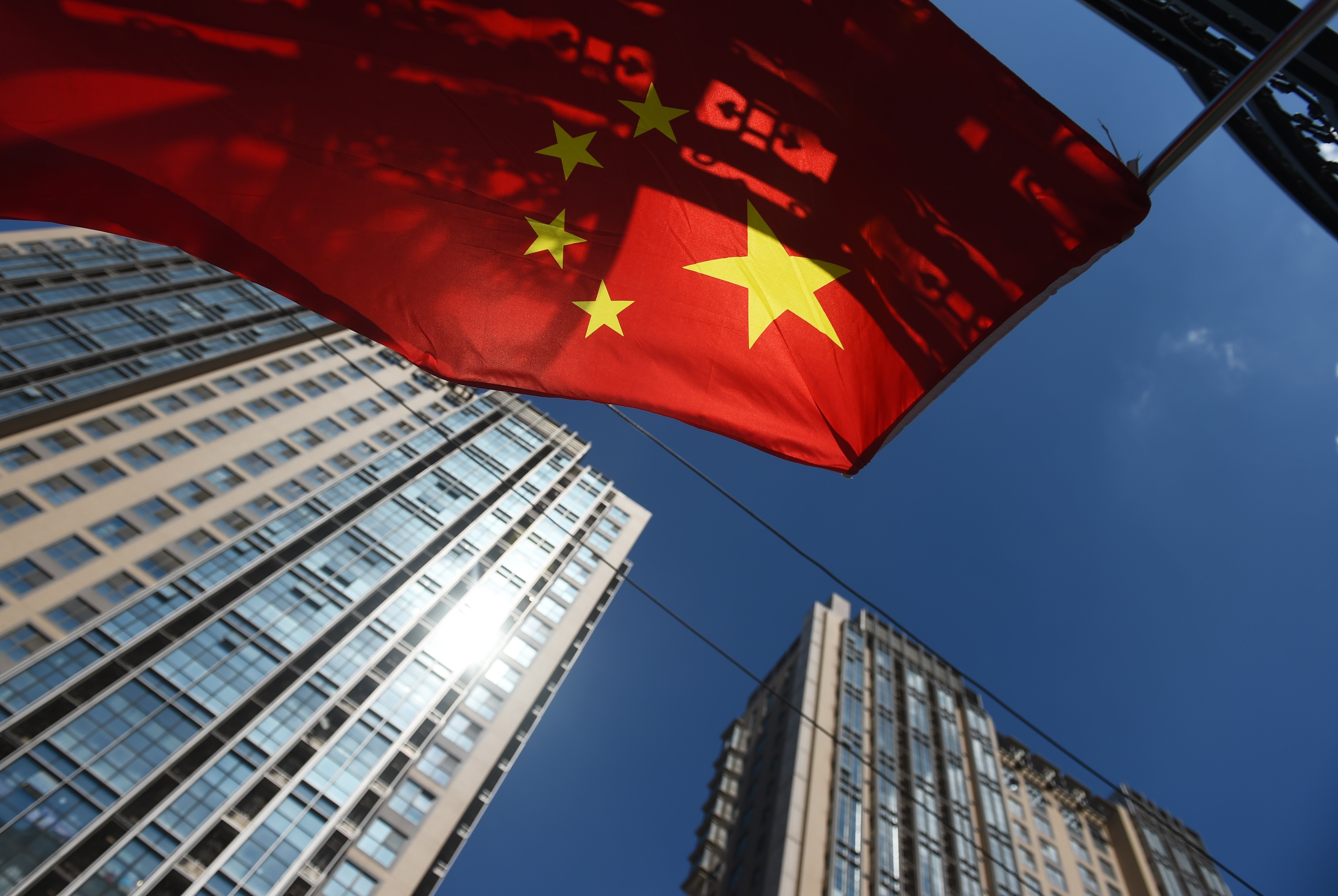The BRICS Summit 2017 of Xiamen clearly had a historical significance. It pointed out for the first time in nearly three centuries that the West can no longer monopolize global economic and political activities. The South and East are definitely uniting to undermine the remnants of Western power by first seeking to establish a non-Western financial system.
As the rapprochement between China and India and ostensible geniality between two leaders at BRICS summit officially marked the ending of highest tension between two countries since 1962, most media pumps from two sides have swiftly back tracked on all antagonistic and war propaganda. Since the outset of the border crisis, there has been no lack of interpretations circulating various sources. However, as most analysis has been concentrated on the escalation of the situation and forecasting whether showdown scenario would play out, some critical dots of factual observations are still left to be connected in a bid to form a holistic vision.
Factual Observations
-
Chinse Belt Road with no convincing reason at such special juncture, with the foreknowledge of BRICS summit and 19th CPC national congress coming soon. Also, it was impossible for leaders to turn a blind eye to the longstanding Indian military presence in the area when building a road on its “chicken neck”;
-
China hardly had any infrastructure in Doklam and patrol was sporadic before the standoff. Now China has established more presence over the standoff, and Chinese foreign ministry declared China would build more infrastructures, including the exact same road: “China will make an overall assessment of the weather conditions and all related factors, and according to the actual circumstances complete construction plans”, announced China’s Foreign Ministry spokeswoman Hua Chunying;
-
India backed down first, with troops pulled out without any ado, and unconditionally. Later China’s Foreign Ministry spokeswoman Hua Chunying reiterated that Chinese border troops were continuing their patrols in the area that is disputed by Beijing and Bhutan. In other words, Modi’s proposal of two sides pulling out troops at the same time was clearly disgraced;
-
Modi attended BRICS summit proffering his de facto anti-US proposal: “Narendra Modi today strongly pitched for setting up of a BRICS credit rating agency to counter western rating institutions and cater to the financial needs of sovereign and corporate entities of developing nations”;





